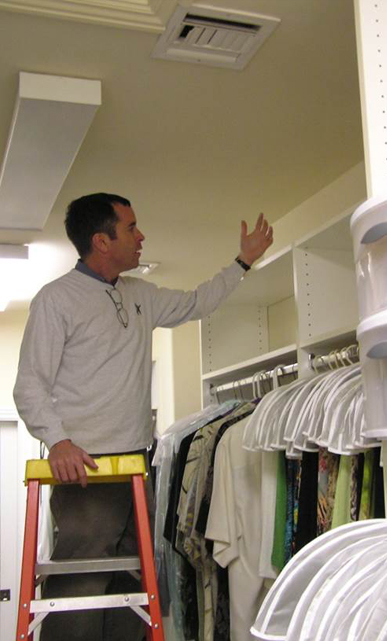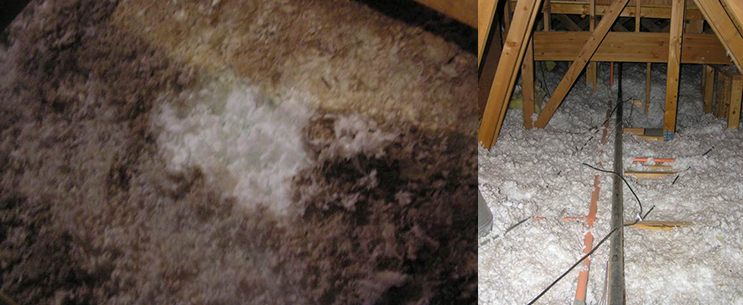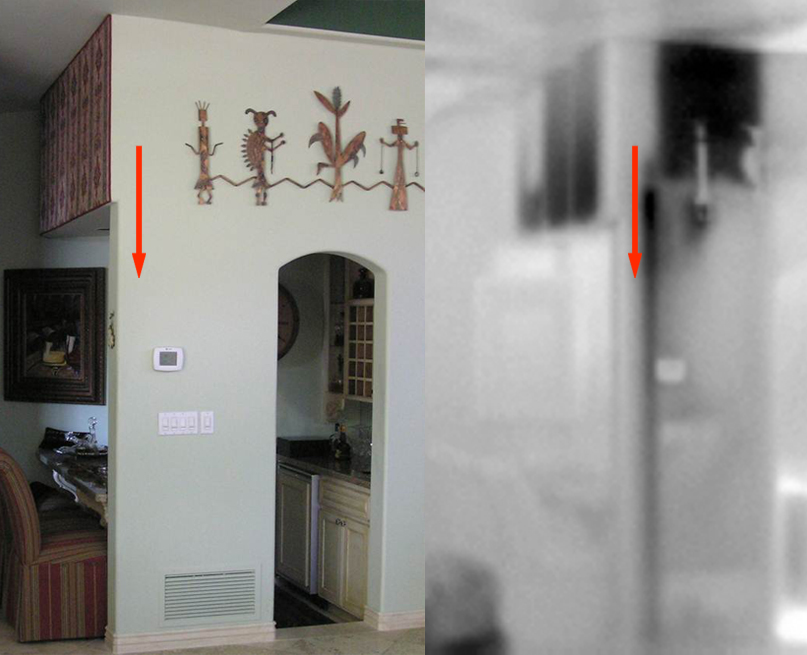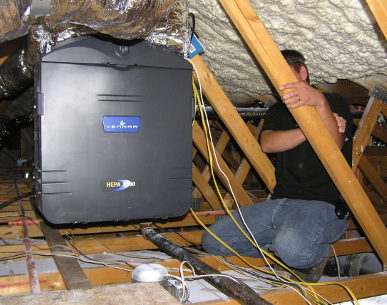This is an actual case study of a job in which we significantly reduced the level of dust in a home in Gainey Ranch in Scottsdale. We did not eliminate dust in this home. It is impossible to eliminate dust in a residence. What we did accomplish was to reduce the dust to a level the customer found tolerable. The customer had the financial means to aggressively go after this problem and we had the knowledge, tools and experience to accomplish the goal.
- PHOENIX METRO (623) 939-3329
- TUCSON (520) 365-3354
- PRESCOTT (928) 445-3828
- PHOENIX METRO (623) 939-3329
- TUCSON (520) 365-3354
- PRESCOTT (928) 445-3828





